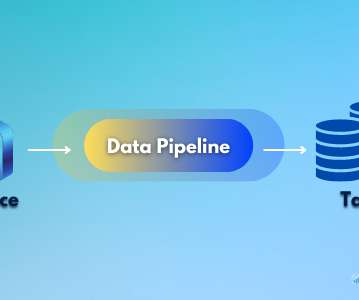Sqoop vs. Flume Battle of the Hadoop ETL tools
ProjectPro
OCTOBER 28, 2015
Some of the common challenges with data ingestion in Hadoop are parallel processing, data quality, machine data on a higher scale of several gigabytes per minute, multiple source ingestion, real-time ingestion and scalability. If you are looking to find the answer to the question - "What's the difference between Flume and Sqoop?"













Let's personalize your content